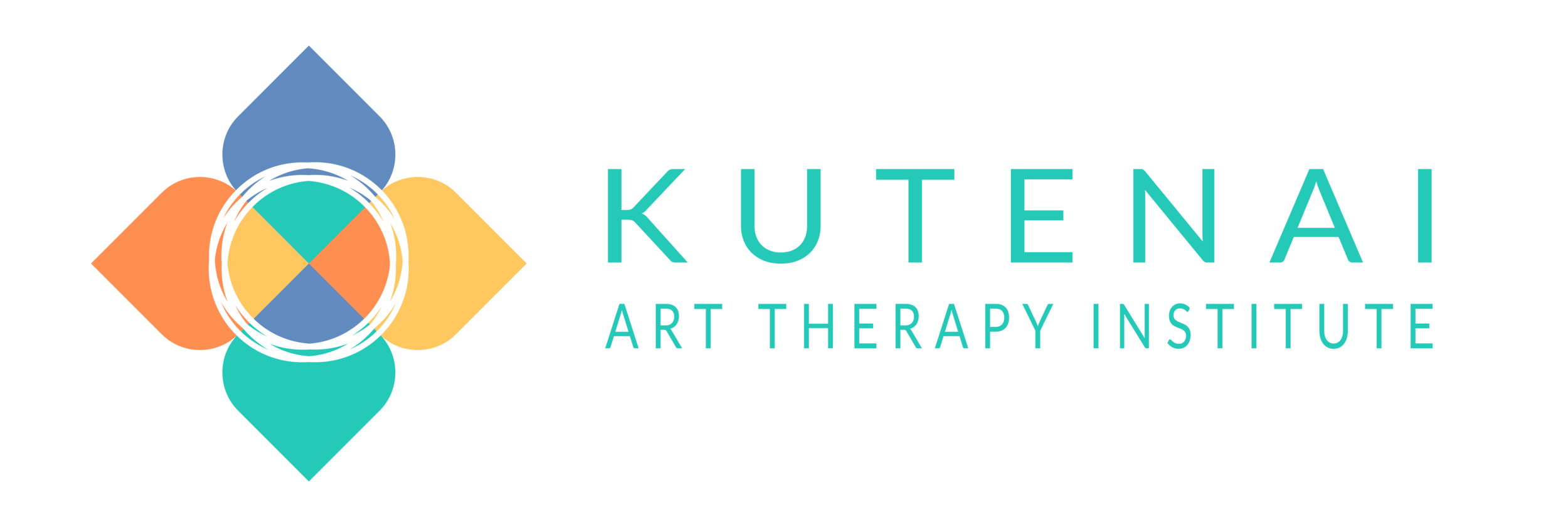The Co-Creative Aspect of Body Imagery
by Andrea Hrysko
This research paper reviews the process and outcomes of a group of people with developmental disabilities who participated in group art therapy and the co-creation of body imagery (mask-making and body tracing). As college students, these adults were striving for lives that could be as "normal" as possible. Art therapy interns assisted the group that resulted in the seven Case Studies presented in this thesis.
Reciprocity occurs throughout the therapeutic relationship and within the art making process. Utilizing this co-creative approach in body imagery, the shared power and reciprocity of the client-therapist relationship is amplified. It is challenging to identify the extent of guidance this population requires because there also needs to be an opportunity for optimal personal growth.
Art therapy, as described in this paper, is a social process. Through the specific act of co-creating art in a therapeutic setting, there is potential for an individual with a disability to develop a stronger sense of self. In spite of societal bias, persons with disabilities have the potential to make independent choices and to acquire a more normalized identity. Ultimately, a group of persons with disabilities creating body imagery together can diminish the stigmatization that hinders their self-definition.
